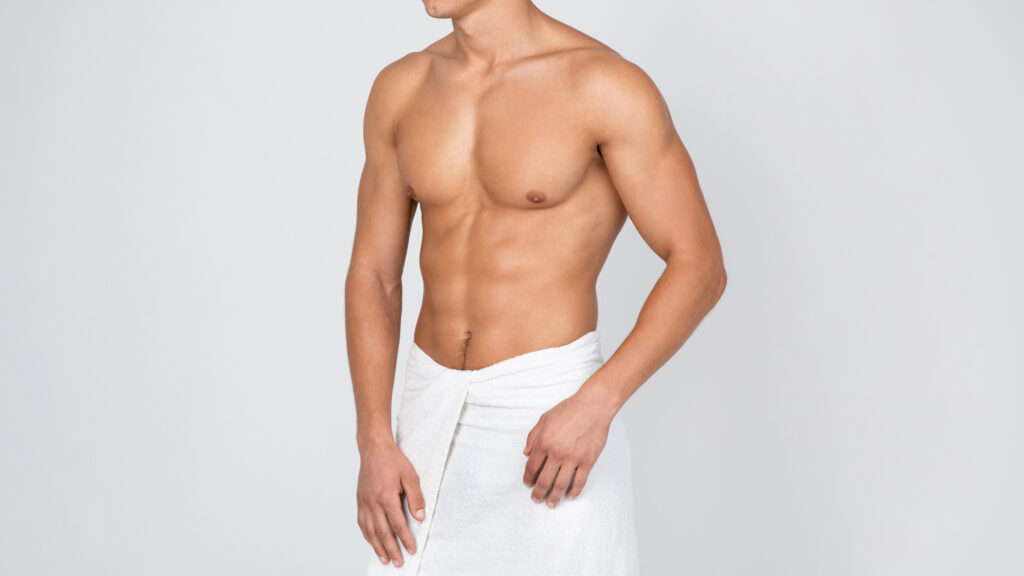Intermediate muscles are a group of muscles located in the middle layers of your body. These muscles serve as a bridge between the superficial muscles, which are closest to the skin, and the deep muscles, which are situated closer to the bones. Intermediate muscles play a crucial role in stabilizing and supporting your body during various movements and exercises.
In the context of your torso, the intermediate muscles include muscles like the internal obliques, the transverse abdominis, and the erector spinae. The internal obliques are located beneath the external obliques, running diagonally along the sides of your abdomen. They help with rotation and lateral flexion of your spine, assisting in movements like twisting and bending sideways.
The transverse abdominis, often referred to as the “corset muscle,” wraps around your abdomen horizontally. It plays a significant role in stabilizing your core, maintaining proper posture, and providing internal pressure that supports your spine during lifting and other movements. Strengthening this muscle is essential for overall core stability and can help prevent injuries.
The erector spinae is a group of muscles that run along your spine from your lower back to your neck. These muscles help you stand up straight, extend your back, and maintain good posture. They are crucial for performing exercises like deadlifts and squats with proper form, as well as for everyday activities that involve bending and lifting.
Focusing on strengthening these intermediate muscles can enhance your overall core stability, improve your posture, and support more efficient movement during both exercise and daily activities. Incorporating exercises that target these muscles, such as planks, side planks, and rotational exercises, can help you build a stronger, more resilient midsection, which is essential for achieving visible six-pack abs.

